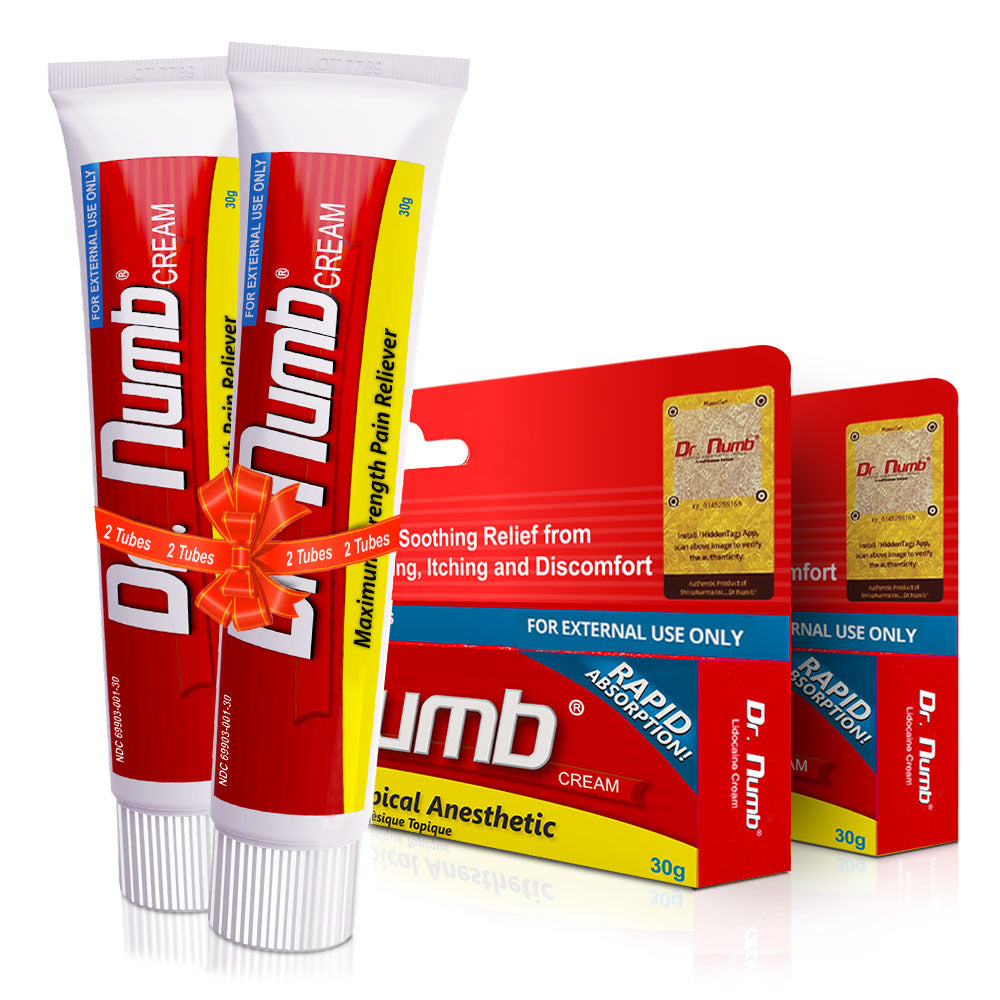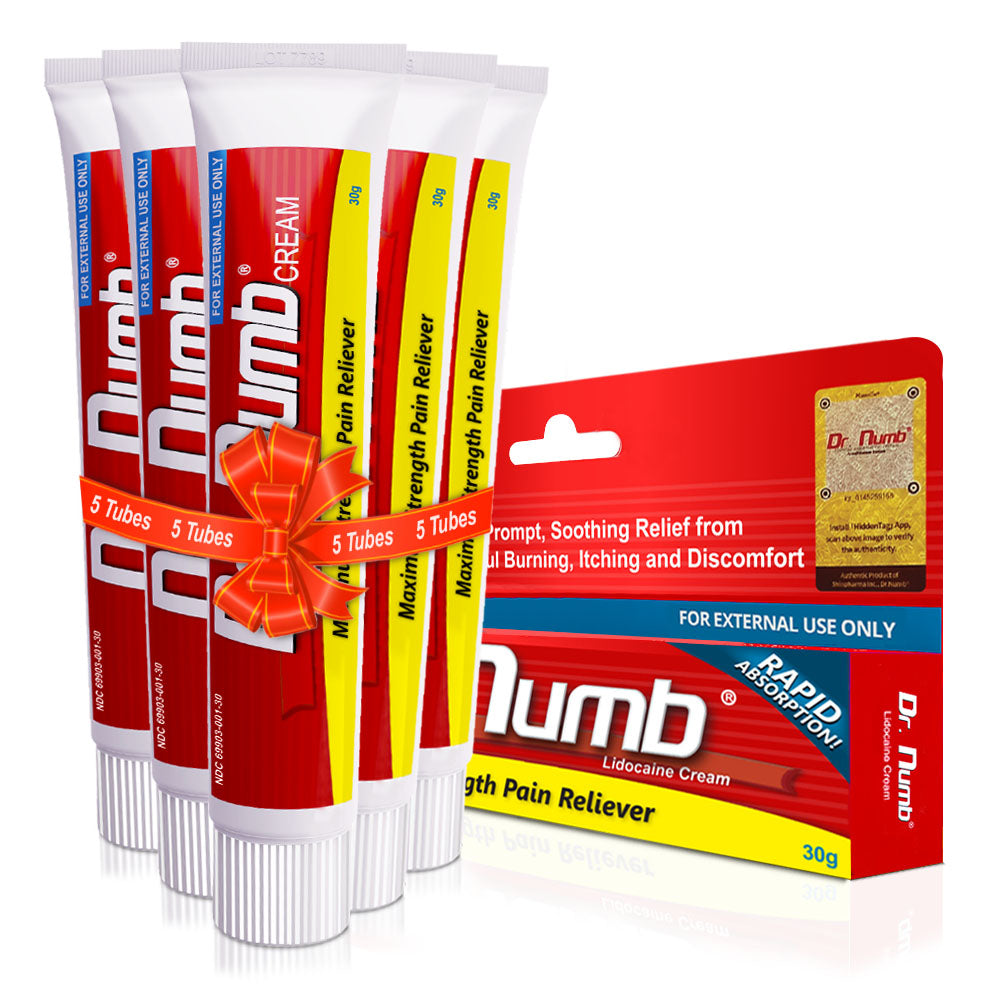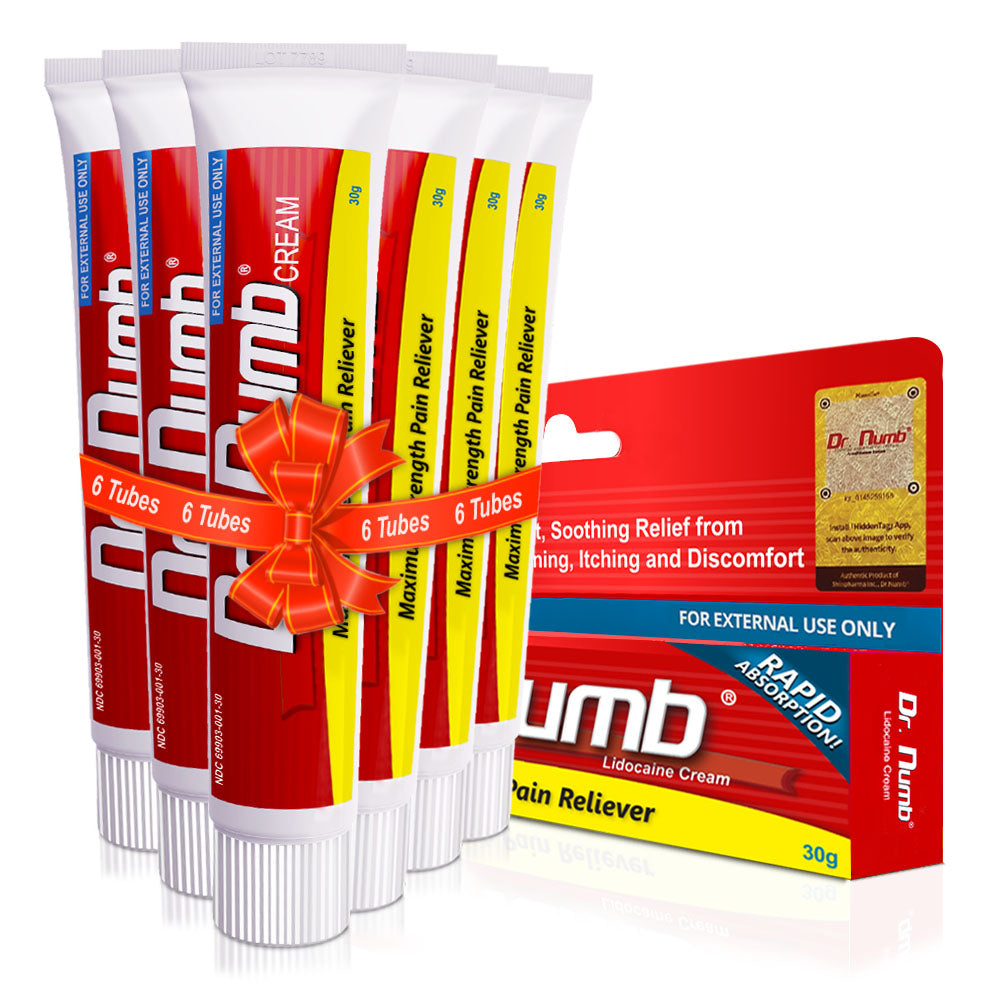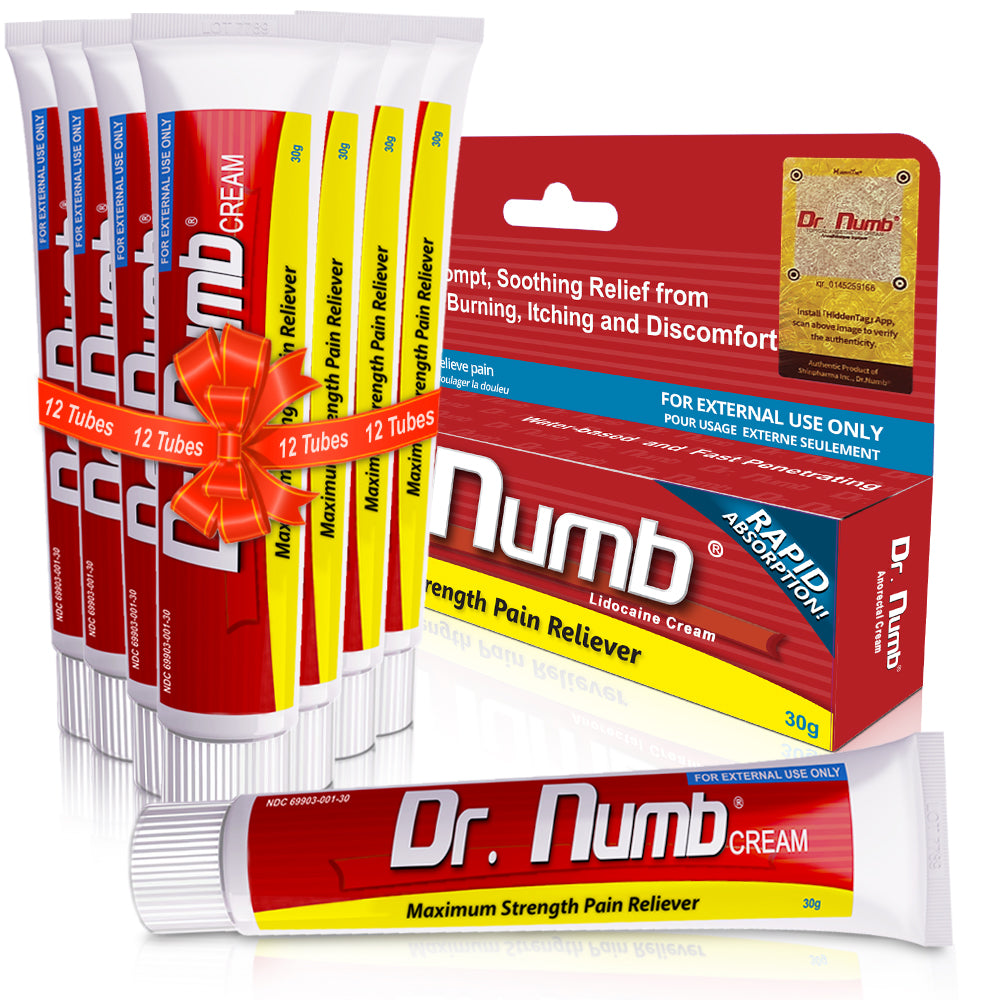It's important to note that when a cauterized wound doesn't heal properly, it can become infected, leading to severe complications and even amputations in rare cases.
Some signs of an infected cauterized wound include pus, redness, and increasing pain. Cauterized wounds can cause damage to nerves or tissue, as well as burning, hyperpigmentation, and scarring.
The healing process for a cauterized wound usually takes 4 to 6 weeks, with lower extremities taking up to 2 to 3 months for complete healing, depending on the size and severity of the incision.
In this blog post, we will examine the stages of healing for a cauterized wound, the timeline for wound healing, and the potential complications and risks involved.
How Long Does A Cauterized Wound Take To Heal: 3 Stages

The healing process of a cauterized wound can be broken down into three main stages: inflammatory, proliferative, and maturation. The healing duration for a cauterized wound varies based on its severity and the body's healing response. Most cauterized wounds will heal within 2 weeks to a month.
Inflammatory Phase
The first stage of healing after cauterization is the inflammatory phase. During this stage, the body's immune response is activated, and white blood cells, antibodies, and nutrients rush to the wound site to begin the healing process. This phase usually lasts for about three to five days.
Inflammation may be observed.
- Redness, swelling, and warmth around the wound site.
- Throbbing pain or discomfort.
- A transparent or yellowish fluid (serum) is produced on the wound site.
The Proliferative Phase
It is the second stage of the healing process, during which new tissue replaces damaged tissue. This phase can last from about three to 21 days, depending on the severity of the wound. During this stage, the body produces new blood vessels and collagen to help heal the wound.

You may observe
- The formation of new tissue on the wound site.
- The appearance of pink or reddish tissue is a sign of new cells forming.
- A gradual decrease in pain and inflammation in the wound site.
Maturation Phase
The last stage of the healing process is maturation, lasting from three weeks to two years. During this phase, the body remodels the healed tissue, strengthening it and making it more functional.
The maturation phases may be observed.
- A thin scar appears at the site of the wound.
- Skin color returning to normal around the wound site.
- Increased strength of the healed tissue.
A Cauterized Wound Takes How Long To Heal: Time Frame
During the procedure, heat is used along with chemicals to stop bleeding by burning or destroying tissue. This article discusses the healing time for wounds after cauterization and emphasizes the significance of post-operative wound care.
Minor Wound Healing Time

Minor cauterized wounds heal within a few days to a week. The healing process for minor injuries also depends on the location of the wound and if there are any complications during the healing process. Following through with surgical and wound care instructions is essential to decrease the likelihood of complications and promote faster healing.
Moderate to Severe Wound Healing Time
Moderate to severe wounds typically take longer than minor wounds, with healing times ranging from two weeks to several months. The wound's location and the injury's severity significantly affect the healing process.
It is not uncommon for scarring and slight discoloration to occur after healing, particularly in severe cases. If you experience an increased amount of pain, swelling, or discharge after cauterization, please ensure that you contact your healthcare provider.
Post-operative and Wound Care Instructions
Following post-operative instructions and wound care is crucial, as it promotes proper healing and decreases the likelihood of complications. You can do the following things to encourage quicker recovery:
- Dry and clean the wound.
- Avoid touching or scratching the wound.
- Take pain medication as prescribed.
- Use prescribed antibiotics to avoid infection.
- Apply a bandage or dressing per the healthcare provider's instructions.
- Attend follow-up appointments with your healthcare provider.

The Healing Process of Cauterized Wounds: 3 Risks & Complications
Cauterized wounds can promote healing but can have potential risks and complications. Infection, scar tissue formation, and delayed healing are common concerns. Proper wound care and following medical advice can minimize these risks, ensuring optimal healing and recovery.
Infection Risks
It is one of the most significant risks associated with cauterization. A cauterized wound provides a barrier against bacteria and creates an environment where bacteria can flourish. These conditions can slow the healing process and cause further health complications.
After cauterization, keep the wound clean and dry to minimize the risk of infection. Bandages can be changed regularly, the area should be washed with soap and water, and activities that could expose the wound to dirt or bacteria should be avoided.
Formation of Scar Tissue

Another potential complication of cauterization is scar tissue formation. When tissue is burned or frozen, scarring can occur because of damage to surrounding tissue. Depending on the size and location of the wound, scarring can affect the affected area's appearance and function. It is crucial to adhere to wound care techniques to minimize the likelihood of scarring post-cauterization. This may entail using silicone sheets or other treatments to prevent scars, refraining from picking at scabs, and ensuring the area remains moisturized to facilitate optimal healing.
Delayed Healing And Potential For Wound Reopening
Cauterized wounds can sometimes take longer than non-cauterized wounds. This is because cauterization can damage tissue, slowing the natural healing process. Cauterized wounds can be more prone to reopening or "splitting" if the area is stretched or under pressure.
To ensure proper healing after cauterization, it's essential to follow your doctor's instructions carefully. This may include avoiding certain activities, regularly changing bandages, and taking prescribed medications to manage pain or prevent infection.

Conclusion
It depends on many factors, including the severity of the injury, the cauterization method used, the patient's health, and how long it takes for a cauterized wound to heal.
The cauterization process may effectively stop blood loss and aid wound healing, but wound care and management are crucial for optimal healing.
Medical attention should be sought, and postoperative instructions should be followed carefully. With proper care, one can expect a quicker recovery time and better wound healing.

















